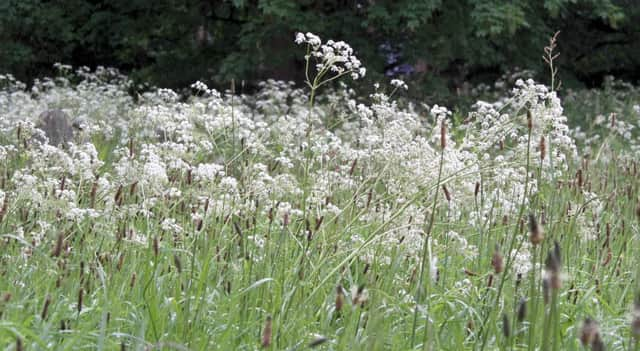A precious Good Friday in store for lovers of Tolkien


As well as being Good Friday, March 25 is International Tolkien Reading Day, a date which marks the death of both Sauron and Barad-dûr fell in a book which has sold more than 150m copies around the world.
The three Lord of the Rings movies directed by Peter Jackson are also among the biggest grossing films of all time and, along with jackson’s The Hobbit trilogy have inspired a resurgence in interest in the works of author JRR Tolkien.
Advertisement
Hide AdAdvertisement
Hide AdBorn in South Africa in 1892, John Ronald Reuel Tolkien would go on to spend a lot of time in Yorkshire, initially in the East Riding where he convalesced after suffering trench fever on the Western Front in 1916.
He was treated at the Brooklands Military Museum in Hull before being posted to Holderness, where he was joined by his wife Edith and son Christopher in a small cottage near the village of Roos.
In 1920 he became a Reader in English Language at the University of Leeds, where in conjunction with another scholar, Eric Gordon he produced what would become a definitive version of the 14th century Arthurian story, Sir Gawain and the Green Knight.
A collection of letters, manuscripts and books owned by the two scholars was acquired by the University in 2014.
Advertisement
Hide AdAdvertisement
Hide AdTolkien spent five years in Leeds where he became a Professor of English before leaving to take up a post at Oxford University and go on to complete The Hobbit and Lord of the Rings.
Like all authors, Tolkien was influenced by his own life experiences and there is considerable speculation and conjecture surrounding which aspects of his work were drawn from his time in Yorkshire.
“It’s possible to identify lots of specific passages throughout Tolkien’s work where it’s clear he was influenced by his life in Yorkshire,” said Ian Spittlehouse, a trustee of the Tolkien Society.
“The years in East Yorkshire recovering from the First World War were a very important time for him. Tolkien and Edith went out for a walk in Roos one day and stumbled across a small wood that was overgrown with cow parsley.
Advertisement
Hide AdAdvertisement
Hide Ad“It was such a striking image for Tolkien that it became a key scene which helped shape the narrative of his book, The Silmarillion.
“There are more subtle references to Yorkshire in the language Tolkien uses in all his work. He was a keen philologist (and a member of the Yorkshire Dialect Society) who had a special interest in the names of places and how dialects changed over time.
“Much of the narrative in Lord of the Rings features language drawn from the Yorkshire dialect. At the end of The Hobbit he used the word ‘auction’ to describe the small, messy room that one of the protagonists returns to.
“In common usage an auction is a sale by bidding but in old Yorkshire it meant a small, cluttered and untidy space.”
Advertisement
Hide AdAdvertisement
Hide AdMr Spittlehouse, who was born in Guiseley, will take time out today on Tolkien Reading Day to reacquaint himself with an author whose appeal continued to endure with people of all ages.
“I’m off work on Friday and looking forward to pointedly reading some Tolkien,” he said. “The Tolkien Society’s theme this year on Tolkien Reading Day is ‘Life, Death and Immortality’ which, given that this is the 100-year anniversary of the Battle of Somme seems apt.
“Tolkien remains both popular and relevant because his stories have a depth to them, they’re not superficial fairytales where people have adventures, everything gets solved and everyone goes home to live happily ever after.
“Real life - what Tolkien referred to as the ‘Primary World’ - isn’t like that, there are lots of levels to life just as there are lots of levels to Tolkien’s stories, themes you can keep going back to.
Advertisement
Hide AdAdvertisement
Hide Ad“He also uses a richness of language that few other writers have ever emulated. There are everyday phrases mingled in with ‘high language’ that as a child you would only hear from the headmaster. The contrast between the two makes his world as real as the ‘Primary World.’
“Not only can readers relate to it, they can believe it. Even though the stories involve marvellous characters and races, the underlying themes are human and things we can all relate to.”
The Tolkien Society will meet for their annual seminar at the Hilton Hotel in Leeds on July 3 for a series of talks on the theme of Life, Death and Immortality. For more information on the Tolkien Society click here